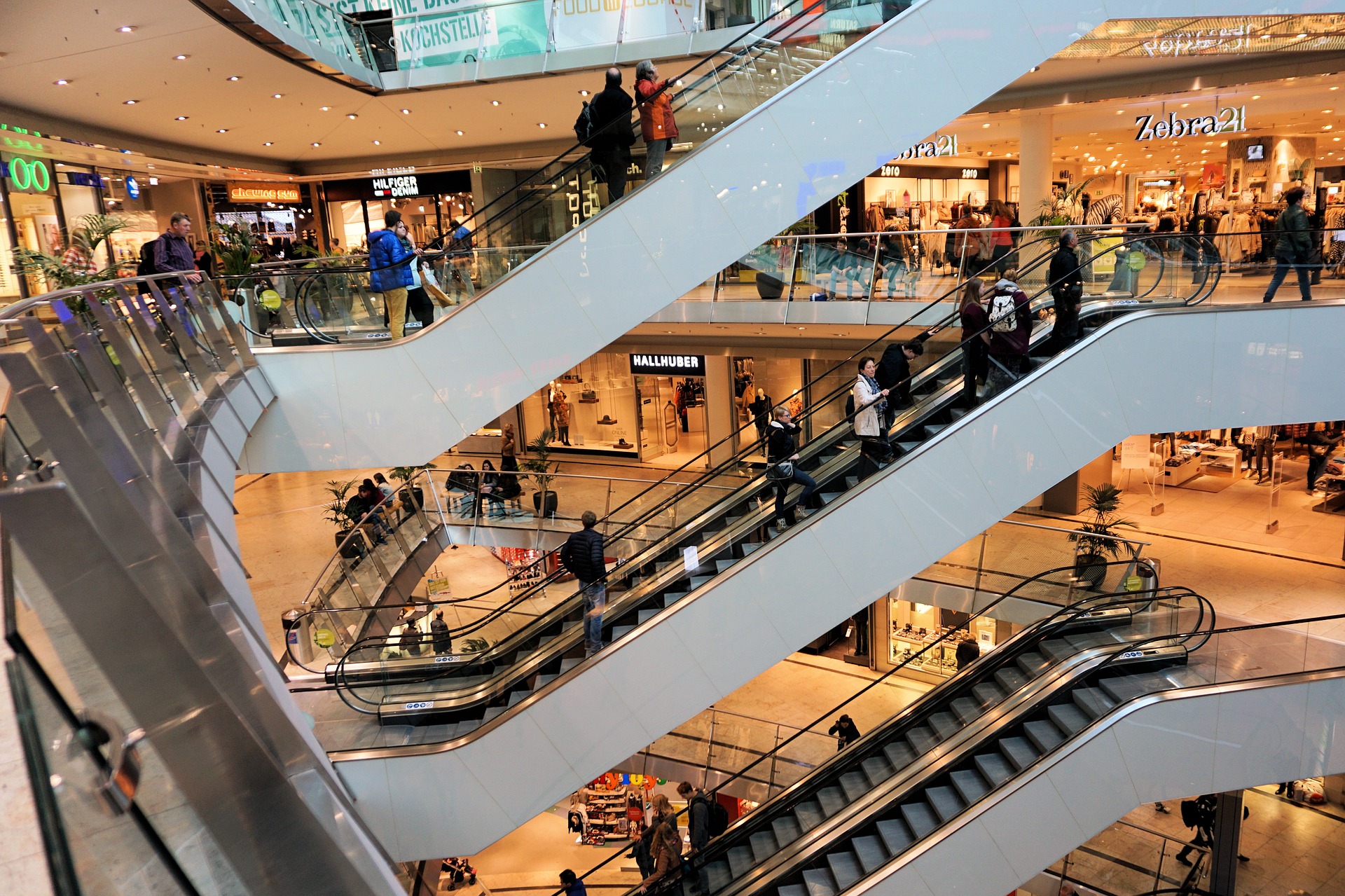It can be overwhelming to choose marketing strategies, let alone know which version of proximity technology is best for your business. That’s what we’re here for.
So what’s the difference between looking at a heat map and at a customer journey?
For starters, heat maps are associated with the end result. They consist of a global vision of where people are, representing the most populated zones.
The customer journey consists of one person’s point of view. It can tell us, firsthand, where someone went during their time at your location.
With our customer journey feature, you can access multiple aggregations of data to see what the most common visitor paths are. This information is visually easy to understand through Eye-Intelligence, meaning you don’t need any technical training to grasp it. We built our platform with marketers in mind.
In other words, a heat map gives us only a piece of the puzzle. Where the heat map gives us the ending, the customer journey provides the beginning and the middle.
When it comes to proximity marketing, you need to know more than just the final destination. So you get a high number of connections near the entrance and at the food court. That’s normal - but what about everything in between? Are people spending a lot of time in Zara, or at the Starbucks right in front of it? Which stores see the highest number of connections? Which see the lowest?
All of this information is essential to your marketing strategy because now you know where people are in real-time and how long they’re staying there.
We don’t think it’s just useful for shopping malls, either. How can the importance of the customer journey feature be applied to a small store or bank, where employees can already see everyone that walks in? Just because the layout directs the visitor’s path, it doesn’t mean you don’t need further knowledge of each one.
The real value comes with obtaining their user profiles as they enter through our Social Wi-Fi. This way, you can immediately present the products and services you know are appropriate for them. If a student enters your bank, you can try cross-selling them a low-interest loan - chances are, they need one. You wouldn’t make the same offer to a doctor or a businessman - you’d mention different products, wouldn’t you? Knowing what those products are is key, and that’s how we can help.
To recap: our solution in a small area (a small venue, space, or surface) helps you get to know customers in order to serve them efficiently - also illustrating the techniques and strengths that smaller stores have versus department stores. Our solution in a large area does the same, but it also allows you to know which areas are the most populated, meaning you can strategically present products and services in those places.
So it’s not just about choosing between a heat map and a customer journey. Buzzwords are tempting - trust us, we know. Whether they’re currently buzz-worthy or not, our features are always tailored to what you need. We know what to bring to your business, whether it’s a large property or a cozy café.
As with our promise to tailor our solution to your needs, we likewise offer advice on where to spend your money. Have you ever felt compelled to visit a grocery store’s website? (Don’t feel bad, neither have we.) And yet some businesses will go to great lengths to spruce them up, spending small fortunes on their websites that garner minimal traffic. We don’t believe in following trends just because they’re trends - we dig deep to figure out what you really need. After all, isn’t that what a solution is?
Spend your money the right way with Eye-In Media, and watch as your tangible ROI grows.
